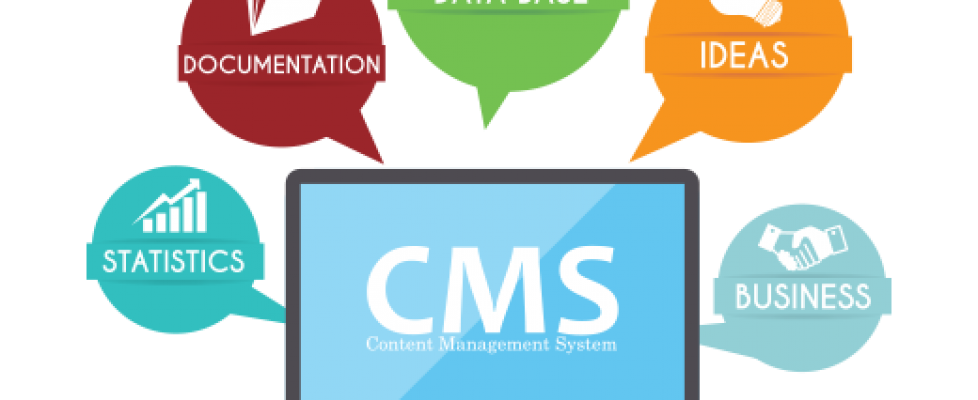Physician groups say decision by CMS to pay for patient visits via telephone will help revenue-strapped practices
Major physician groups said the decision by the Centers for Medicare & Medicaid Services (CMS) to start paying physicians for patient visits that take place by telephone will help physician practices stay open by providing them with needed revenue.
Among a series of regulatory changes announced by CMS Monday night in reaction to the coronavirus pandemic was the decision to begin paying for visits that take place by audio telephone only. Previously, CMS had agreed to pay for virtual visits only if physicians used both audio and video feeds via traditional telehealth.
Many physician practices, forced to cancel routine patient visits to keep patients home and avoid potential exposure to the coronavirus, said they were swamped with phone calls from patients. While they could offer advice, they were typically not paid by CMS for these calls with Medicare and Medicaid patients. Losing revenue from regular patient visits to their offices, some doctors worried they would not be able to keep their doors open.
Getting Ahead of the Curve: Insights from COVID-19’s Frontlines
The American College of Physicians (ACP), the American Medical Association (AMA) and the American Academy of Family Physicians (AAFP) were among the groups commending CMS for making the change.
“We are glad that CMS heard our concerns about physician practices. The changes announced by CMS yesterday will help practices by providing them with revenue to keep their practices open as the move away from in-person visits to virtual ones,” said Robert McLean, M.D., ACP president.
“The change to allow Medicare to begin paying for telephone visits is particularly important. This will benefit the many Medicare patients who only have a landline or audio-only phones. It’s critical that we continue to treat those patients while keeping them home as much as possible while we’re facing the threat of COVID-19,” McLean said.
CMS announced it is enabling Medicare to cover more than 80 telehealth services and allows providers to bill for telehealth visits at the same rate as in-person visits.
“During the public health emergencies, individuals can use interactive apps with audio and video capabilities to visit with their clinician for an even broader range of services,” CMS said. “Providers also can evaluate beneficiaries who have audio phones only.”
In addition to the change allowing payment for patient visits via telephone, CMS said clinicians can provide remote patient monitoring services to patients with acute and chronic conditions and for patients with only one disease. For instance, it will allow for remote monitoring of a patient’s oxygen level using a pulse oximeter. Additionally, physicians and other healthcare professionals will be allowed to be paid in advance by Medicare for claims for services expected to be submitted later in the year.
Other changes include:
- In instances where direct physician supervision is required of clinical staff, it can be provided virtually.
- Telehealth services can now be used for both established and new patients.
- Physicians and other healthcare professionals can now waive copayments for telehealth visits.
- New flexibilities for physicians under the Quality Payment Program.
“ACP has been calling attention to the dire circumstances facing many physician practices during this national emergency,” said McLean. “We have been hearing from many practices, in particular smaller primary care practices, they soon may not be able to make payroll without support and could even be forced to close their doors.”
In a statement, the AMA said it was pleased to see CMS and the Trump administration act quickly to address Medicare coverage for telephone visits, clarify that remote monitoring can be used for acute conditions such as COVID-19 and provide greater telehealth coverage for emergency visits.
“With physicians stretched thin in the fight against the COVID-19 pandemic, our healthcare workforce needs flexibility, reduced red tape, and immediate solutions to increase capacity and ensure access to care in every patient setting, including from home,” said AMA President Patrice Harris, M.D.
The AAFP said the decision to allow physicians to bill for patient visits via telephone will expand access to more patients and was an “important win” for the organization and others who pushed for expanded use of telemedicine.
In a post on the AAFP website, Shawn Martin, senior vice president of advocacy, practice advancement and policy, said a 2019 Pew Research Center report found more than 90% of seniors have cellphones, but less than 40% are smartphones with video capabilities.
“That means that although an overwhelming majority of seniors have a mobile telephone, more than 60% of Medicare beneficiaries would have been unable to participate in telemedicine under the previous policy,” Martin wrote. “The lack of payment for telephone-based visits was hindering family physicians’ ability to provide care to this population, and it created real access problems for patients.”
The change in policy will allow physicians to bill for care provided only by telephone with codes 99441, 99442 and 99443, the AAFP said. Previously, physicians could bill for telemedicine visits for codes 99212-99215, but these all require audio and video capabilities.
The AAFP said it will continue to push commercial insurance companies to pay for telephone visits in addition to audio/video telemedicine visits. As a result of the coronavirus outbreak, a large number of insurers are paying for telemedicine visits and more are doing so, Martin said.

